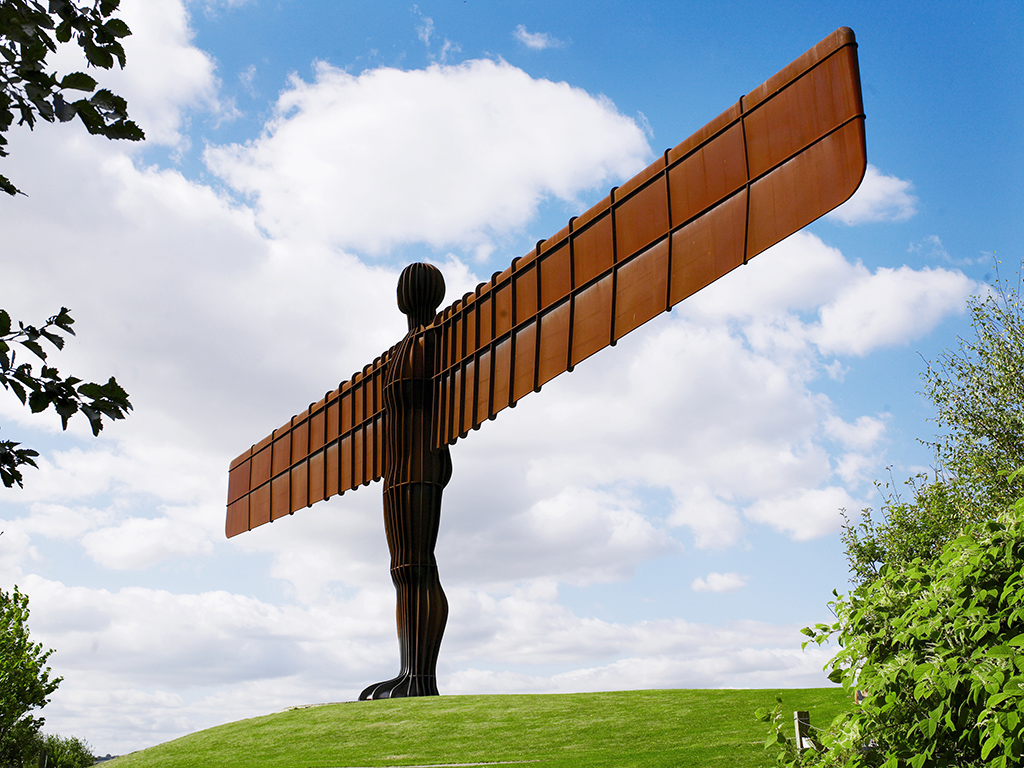Contemporary art is a dynamic and multifaceted field that encompasses a wide range of artistic practices, styles, and mediums. From traditional painting and sculpture to new media installations and performance art, contemporary artists continually push the boundaries of creativity and innovation. In this comprehensive overview, we will explore the diverse landscape of contemporary art, highlighting some of the most prominent types and their unique characteristics.
- Painting:
Painting remains one of the most enduring and widely practiced forms of contemporary art. While traditional techniques such as oil on canvas continue to be utilized, many contemporary painters experiment with unconventional materials and approaches to explore themes of identity, politics, and cultural critique. From abstract expressionism to photorealism, painting encompasses a vast array of styles and aesthetics, reflecting the diverse voices and perspectives of contemporary artists.
- Sculpture:
Sculpture has evolved significantly in the contemporary art world, expanding beyond traditional materials and techniques to encompass a wide range of innovative approaches. From found object assemblages to large-scale installations, contemporary sculptors explore the intersection of form, space, and concept. Sculpture in the contemporary context often blurs the boundaries between art and architecture, inviting viewers to interact and engage with the work in new and unexpected ways.
- Installation Art:
Installation art emerged as a prominent form of contemporary expression in the latter half of the 20th century, challenging conventional notions of artistic presentation and spatial experience. Characterized by its immersive and site-specific nature, installation art transforms ordinary spaces into environments that evoke emotion, provoke thought, and stimulate the senses. Artists working in this medium often incorporate a variety of materials and technologies, creating dynamic and interactive installations that invite viewers to participate and engage with the work on a visceral level.
- New Media Art:
New media art encompasses a broad range of artistic practices that utilize digital technologies, including video, animation, interactive software, and virtual reality. Emerging in response to the digital revolution of the late 20th century, new media artists explore the intersection of art, technology, and culture, pushing the boundaries of what is possible in terms of visual expression and communication. From internet-based projects to immersive digital environments, new media art reflects the rapid pace of technological innovation and its impact on contemporary society.
- Performance Art:
Performance art challenges traditional notions of art-making by foregrounding the body as the primary medium of expression. Through actions, gestures, and live interventions, performance artists explore themes of identity, gender, politics, and social critique, often blurring the boundaries between art and life. Performance art can take many forms, from solo performances to collaborative endeavors, and may occur in a variety of contexts, including galleries, theaters, and public spaces.
- Conceptual Art:
Conceptual art emerged in the 1960s as a reaction against the commodification of art objects and the emphasis on craftsmanship and technical skill. Instead of focusing on the creation of physical artifacts, conceptual artists prioritize ideas, concepts, and processes as the primary materials of their practice. Conceptual art often takes the form of text-based works, instructional pieces, or ephemeral gestures, challenging viewers to reconsider the nature of art and its relationship to language, meaning, and context.
Contemporary art encompasses a vast and diverse range of practices, each reflecting the unique perspectives and experiences of individual artists. From traditional mediums such as painting and sculpture to cutting-edge approaches like new media and performance art, contemporary artists continue to push the boundaries of creativity and innovation, challenging viewers to engage with art in new and meaningful ways. As the art world continues to evolve and adapt to changing cultural and technological landscapes, the possibilities for artistic expression are endless, promising an exciting future for contemporary art and its practitioners.




